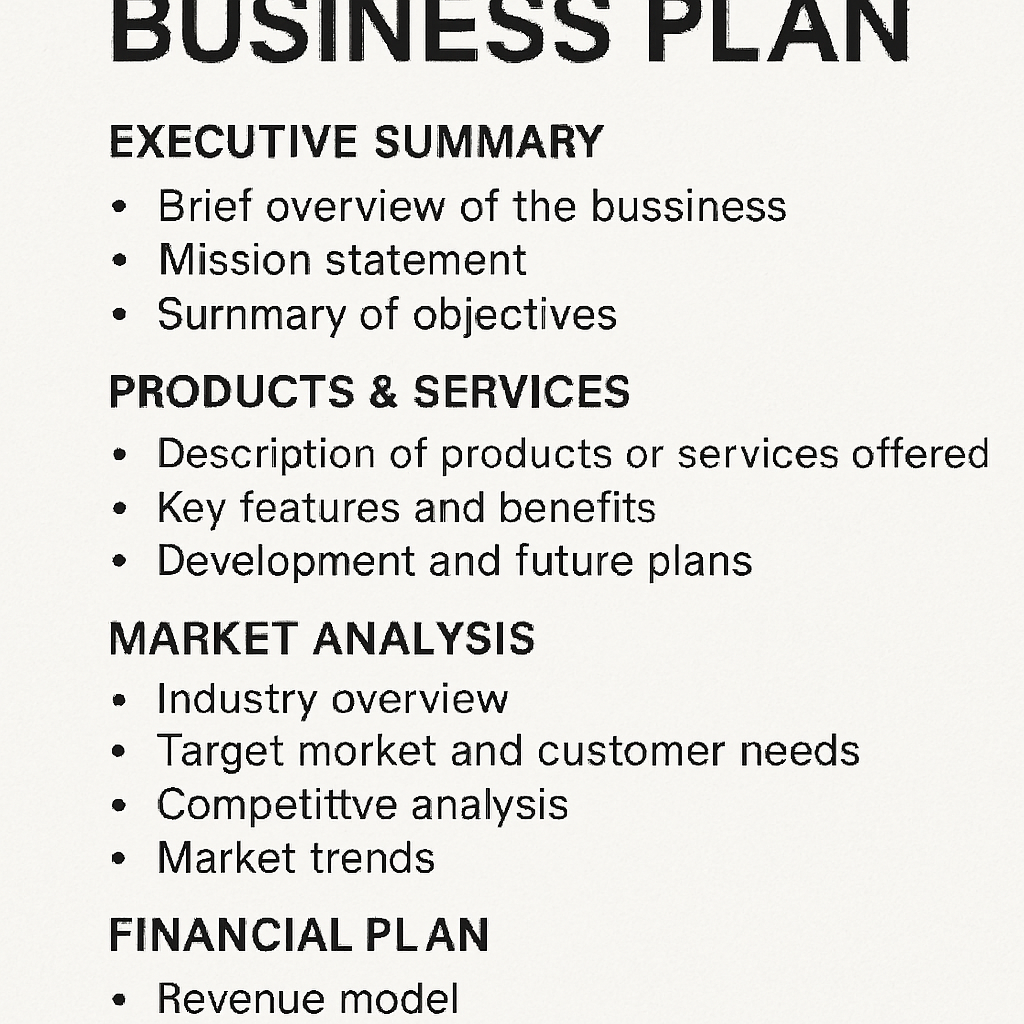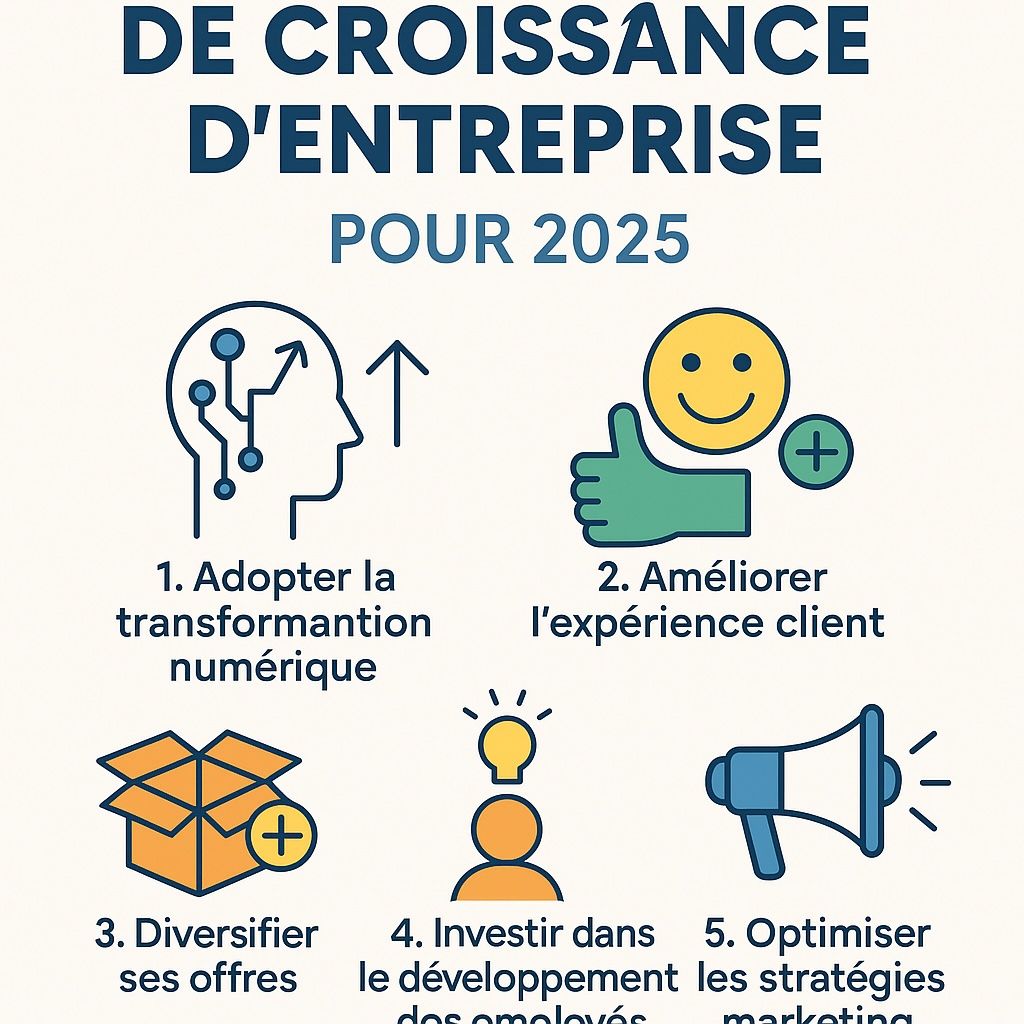In the current digital age, social networks are a powerful tool for businesses. Understanding your competitors is essential for success.
Competitive analysis on social media allows you to gain valuable insights into your competitors' strategies. It reveals what works and what doesn't.
By analyzing your competitors, you can identify opportunities to stand out. This process helps to refine your social media strategy.
With the right approach, you can gain a competitive edge. This guide will show you how to master competitor analysis on social media.
Let's dive together into the steps to strengthen your online presence.
What is competitive analysis on social media?
Competitive analysis on social media involves assessing your competitors' activities on these platforms. This includes examining their strategies, content, and engagement.
Through this process, you will uncover valuable information that will guide your strategy. You will better understand the industry landscape and identify areas where your brand can excel.
Here is what the competitive analysis includes:
- Study the frequencies and publication patterns of competitors
- Analyze the types of content and styles used
- Observe the interactions and the audience engagement rates
By conducting this analysis, you equip your brand with the necessary means to navigate effectively in the competitive world of social media.
Why is competitive analysis on social media important?
Understanding why this analysis is crucial can transform your strategy. It highlights points that you might have overlooked.
Competitor analysis reveals growth and improvement opportunities. It provides you with information that can enhance your brand's performance.
Here's why it's important:
- Help to refine your content strategy
- Identifies trends and developments in the sector
- Strengthen your competitive edge
These points highlight the importance of knowing your brand's position. With this knowledge, you can make informed decisions that promote your success.
Step 1: Identify your competitors on social media
Start by identifying your main competitors on social media. These are usually brands with a similar audience and industry to yours.
Look for those with an active presence and comparable offerings. A detailed list of direct competitors is essential for an effective analysis.
Methods to identify them:
- Search for brands using similar keywords
- Analyze industry reports and market studies
- Use analytics tools to discover your competitors
This step lays the foundation for an in-depth analysis and ensures that you focus your efforts on the right players.
Step 2: Analyze the presence of competitors
Once you have identified your competitors, delve into their online presence. This involves examining their overall activity and influence.
Check the publishing frequency and priority platforms. Regularity and platform choice can reveal their strategic priorities.
Also observe their level of engagement. Measure comments, likes, and shares to assess the impact of their content.
Checklist for your analysis:
- Examine the number of followers and followings
- Observe the consistency of their visual image
- Follow their hashtags and the use of keywords
Understanding the presence of competitors helps to identify effective strategies and highlights areas for improvement for your brand.
Step 3: Evaluate the content strategy and engagement
Content strategy analysis involves breaking down what your competitors are publishing. Identify the content that generates the most engagement to understand the audience's preferences.
Pay attention to the types of posts: videos, infographics, articles... Determine which formats generate the most reactions. Also notice how they tell stories to captivate their audience.
Elements to assess:
- The variety and content formats
- Engagement metrics by post types
- The interactions and the quality of exchanges with their community
This information guides the creation of your content and helps you establish a stronger connection with your audience.
Step 4: Analyze the audience demographics and brand voice
Understanding the demographics of your competitors' audience is essential. It helps you tailor your communication to the interests of your target audience.
Pay attention to the brand voice used: formal or casual tone, visual style, language... Analyze what resonates best with their subscribers.
Key points to consider:
- The age and location of the subscribers
- The tone and language used
- The patterns of engagement with the publications
With this information, you can adjust your tone and make your brand more accessible and authentic, while differentiating yourself.
Step 5: Conduct a SWOT analysis for each competitor
The SWOT analysis (Strengths, Weaknesses, Opportunities, Threats) provides valuable insights into your competitors. It reveals the factors that influence their performance on social media.
Assess both internal (strengths and weaknesses) and external (opportunities and threats) factors. This allows you to better position your brand.
Points to consider:
- Strengths: Unique offerings, distinctive benefits
- Weaknesses: Vulnerabilities or lack of effectiveness
- Opportunities: Untapped Industry Trends
- Threats: Competing activities or innovations that could impact their success
Thanks to this analysis, you identify growth opportunities and levers to innovate in your strategy.
Step 6: Use in-depth analysis tools
The use of digital tools significantly improves competitive analysis. These platforms provide detailed data on various indicators while saving you time.
Some tools provide comprehensive analyses on competitors' performance: engagement rates, content effectiveness, audience demographics, etc.
Recommended tools:
- Hootsuite
- Sprout Social
- SEMrush
These tools facilitate data-driven decision-making and allow for continuous refinement of your strategy.
Step 7: Turn insights into concrete strategies
Data analysis is just a starting point. It is then necessary to transform these insights into concrete actions to advance your brand.
Set clear goals based on your findings. Develop tactics targeting weaknesses and leveraging strengths observed in your competitors.
Possible actions:
- Improve underperforming content
- Testing new engagement techniques
- Optimize the scheduling of publications
Effective strategies arise from well-interpreted analyses. Measure your results regularly and stay in a dynamic of constant innovation.
Concrete example: competitive advantage
Let's take the example of a small café that used competitive analysis to grow. By studying local competitors, it identified areas for improvement and innovation.
Key discoveries and actions implemented:
- Offer original seasonal drinks
- Engage customers through interactive surveys on social networks
- Adapter les promotions à des segments spécifiques d’audience
This strategic adaptation has not only strengthened commitment, but also significantly boosted sales.
Best practices for sustainable success
To maintain an advantage, consistency is key. Continuously update your competitive analysis to stay aligned with market trends and behaviors.
Some best practices:
- Regularly monitor competitors' strategies
- Stay attentive to emerging platforms
- Adapt your tactics based on the data
By adopting these practices, you ensure that your strategy remains effective and flexible in the face of market changes.
Conclusion: Gain an edge through competitive analysis
Mastering competitive analysis on social media is essential to stay ahead. Understanding your competitors and leveraging insights strengthens your strategy and improves your performance.
By adopting a continuous improvement approach, your brand can stand out in a saturated digital environment. Use these analytics to boost engagement, refine your content, and achieve your strategic goals.



 Carl Lucier
Carl Lucier
